Microsoft's Q1 2026 earnings tell a familiar story for Xbox fans, and this chapter lands harder than a routine quarterly wobble. The gaming giant's hardware revenue fell 29 percent year over year, according to The Verge. The slump is no blip. It is pushing Microsoft to rethink Xbox's place in a strategy that favors service ubiquity over conquering the console shelf.
All this plays out while Microsoft overall is soaring. The company reported $77.7 billion in quarterly revenue, up 18 percent from the previous year. Cloud services and productivity tools rocket upward, Xbox hardware keeps sliding. The contrast is surreal at first glance, and it mostly confirms where Microsoft is putting its energy.
The numbers paint a stark picture
Let's break down how the drop fits the larger market. Xbox hardware weakness is not new, it has been snowballing for a while. Hardware revenue fell 29 percent in the first two quarters of 2025, then 42 percent in Q4 of 2024, as reported by The Verge. That kind of slide suggests shifts in player behavior and in how Microsoft wants to compete.
The market share gap shows the scale of the challenge. PlayStation 5 sits at roughly 80.3 million units sold worldwide, while Xbox Series X and S together sit near 30 million, according to industry estimates. That is about 71 percent of the ninth-generation console market for PlayStation and 29 percent for Xbox, a gap shaped by exclusives, global reach, and brand momentum built over multiple generations.
The trajectory is just as telling. Xbox console players are projected to stagnate around 42 million by the end of 2025, based on Omdia's analysis. That is roughly one third of PlayStation's active console base. Regional hurdles outside North America and the pull of existing digital libraries make switching harder the longer a generation carries on.
Microsoft's strategic pivot away from hardware
Here's the crux. Microsoft is not just watching the slide, it is steering into a new lane. The company calls it an "Xbox everywhere" strategy, as noted by The Verge. Think Xbox as a service ecosystem, not just a box under the TV. Game Pass across devices, cloud infrastructure, and content that earns money whether or not you own a console.
The pricing tells the story in miniature. Microsoft raised hardware prices, with the Series X now starting at $599.99, according to The Verge. That is a $100 bump from the $500 launch price five years ago, a signal that the console is now a premium option for the die-hard. On the services side, Xbox Game Pass Ultimate moved to $30 per month from $20, as reported by Sherwood News. The aim is clear, maximize lifetime value from committed players rather than chase the lowest sticker price.
Early results are mixed. Content and services revenue nudged up just 1 percent year over year, according to The Verge. New pipes are open, growth is slow. The competition is fierce, and player habits shift at their own pace.
The broader context: Microsoft's gaming gamble
Step back and the picture sharpens. Xbox hardware is only one thread in Microsoft's fabric. Azure is expanding 40 percent year over year, as The Verge reports. Microsoft Cloud revenue reached $49.1 billion, up 26 percent. Gaming can plug into those strengths, subscription services and cloud muscle, without winning the console crown.
Internally, the scorecard has already shifted. For the 12 months ending June 30, Xbox content and services revenue growth topped the 14 percent compensation target, landing just under 15 percent, according to Game File. That broke a four-year streak of missing gaming-linked executive goals. The metric does not include profitability, but it shows the incentives now lean toward platform-agnostic growth, not hardware sell-through.
Operations follow suit. Microsoft is reportedly targeting 30 percent profit margins in gaming, with layoffs and canceled projects along the way, as The Verge notes. Traditional console playbooks accept losses to build an install base. Microsoft is treating gaming more like software and services, using infrastructure it already owns.
What this means for the gaming landscape
PRO TIP: If you are weighing your next console, look less at the metal and more at the library, the subscription, and where you want to play. Xbox's future reads as cross-platform access over box-first perks, and industry-wide exclusivity keeps thinning.
Xbox shifting from console competitor to service provider could be a preview of where gaming goes next. Microsoft is willing to put its games in other ecosystems, and its cloud backbone gives it room to compete on service quality, catalog depth, and how neatly everything works together, not just on teraflops or a wall of exclusives.
You can already see flashes of validation. Microsoft games have consistently appeared in PlayStation's top seller lists, proof that Xbox content can earn outside of Xbox hardware. That creates revenue that does not depend on the Series X or S, a steadier foundation than the old console cycle roller coaster.
Will it work? It hinges on content that keeps people subscribed across devices and on keeping the Xbox brand meaningful in a world that cares more about access than boxes. Over the next few years, Microsoft's gaming arm could emerge as a more profitable, platform-agnostic entertainment business. Or, by stepping back from the console fight, it could lose the mindshare needed to shape where gaming goes. What is certain is this, the hardware decline is not just an ending, it is the start of a different playbook for what an Xbox platform can be.







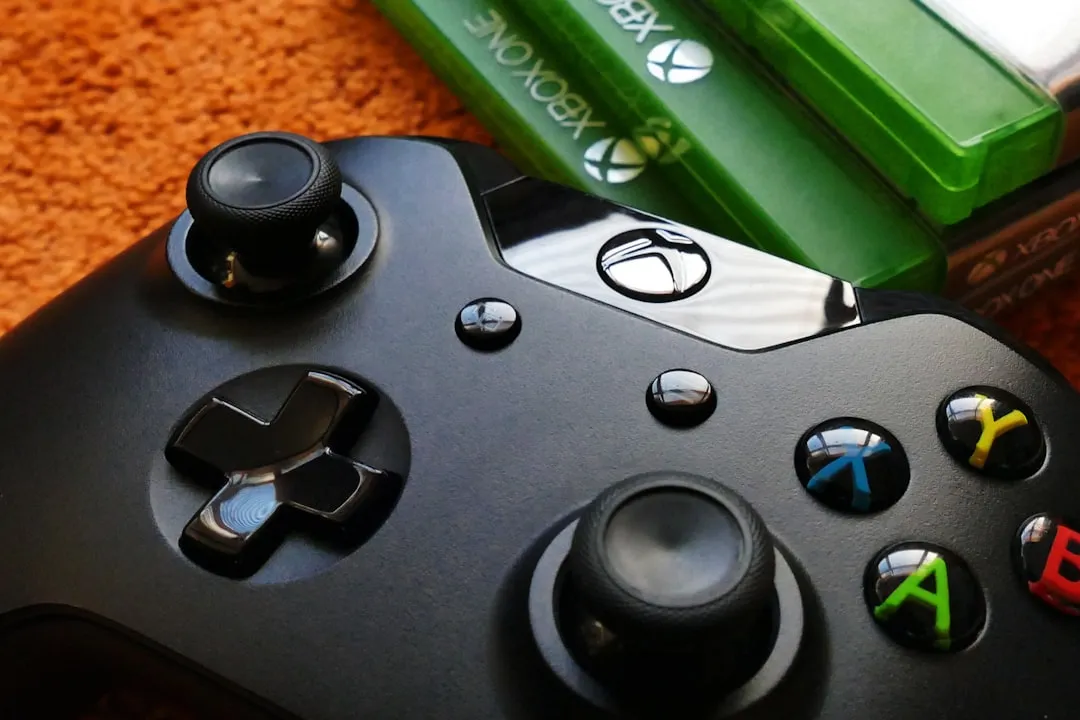
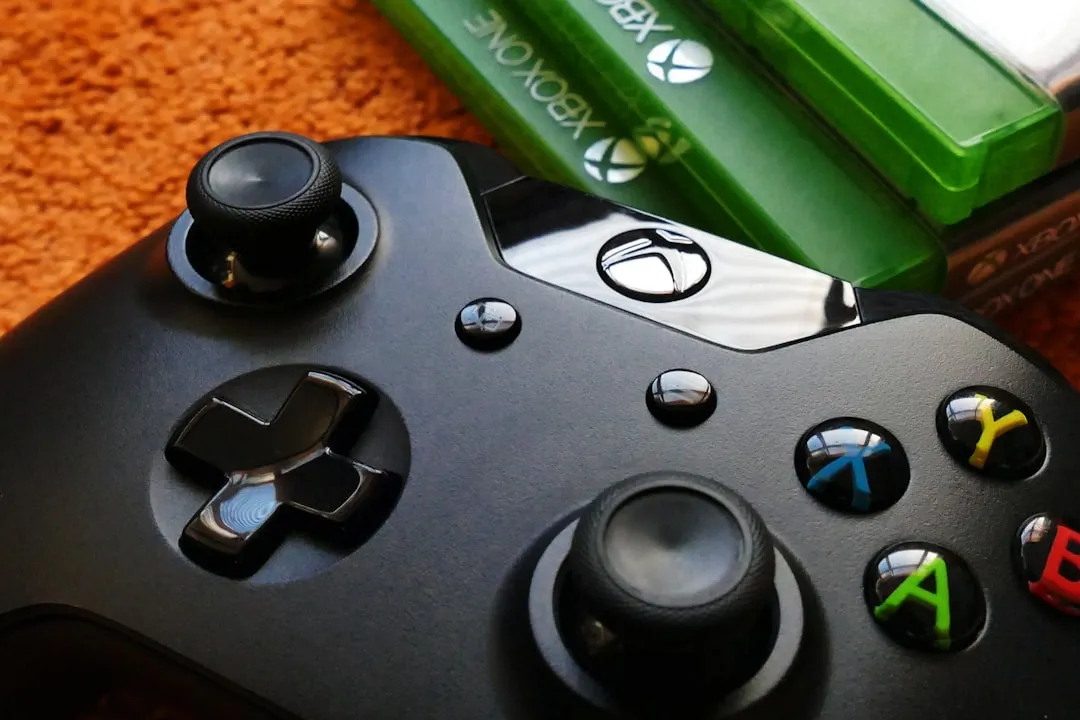

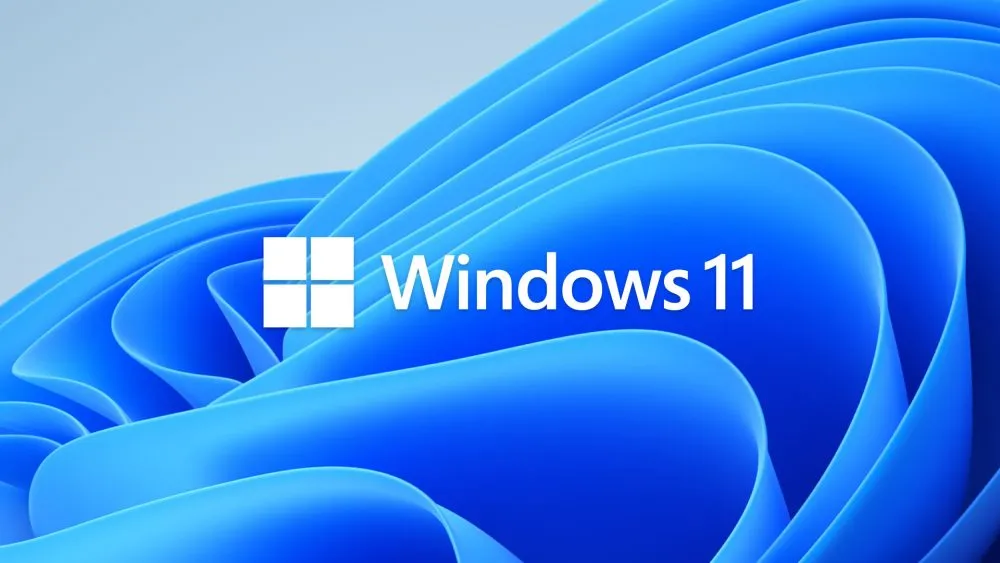
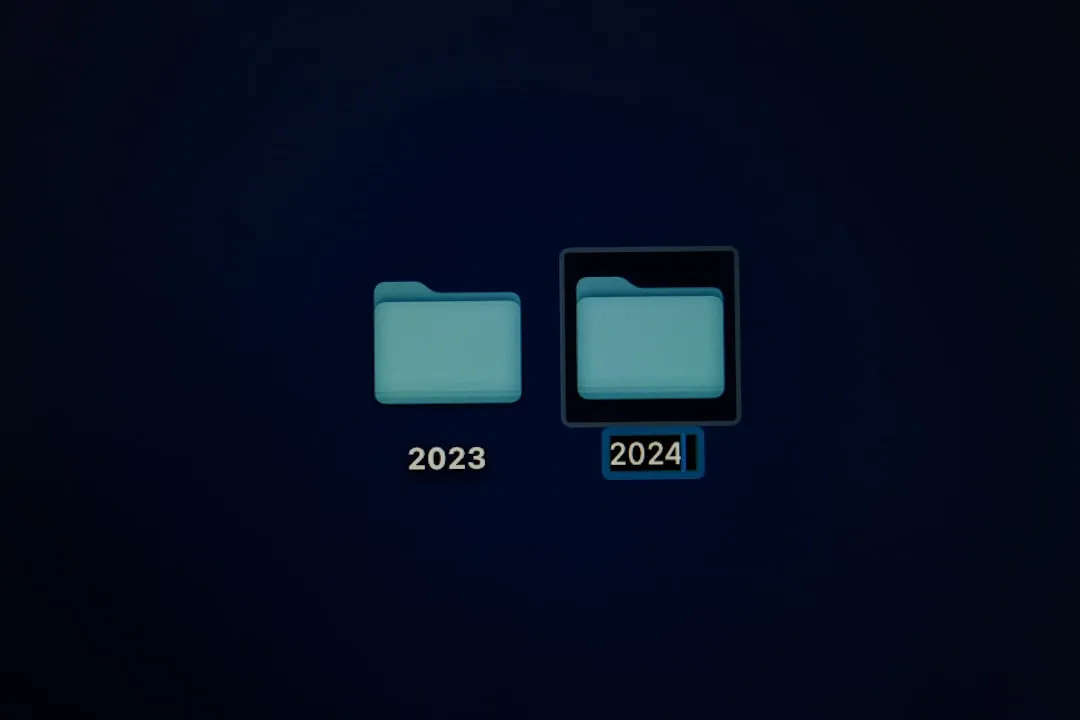
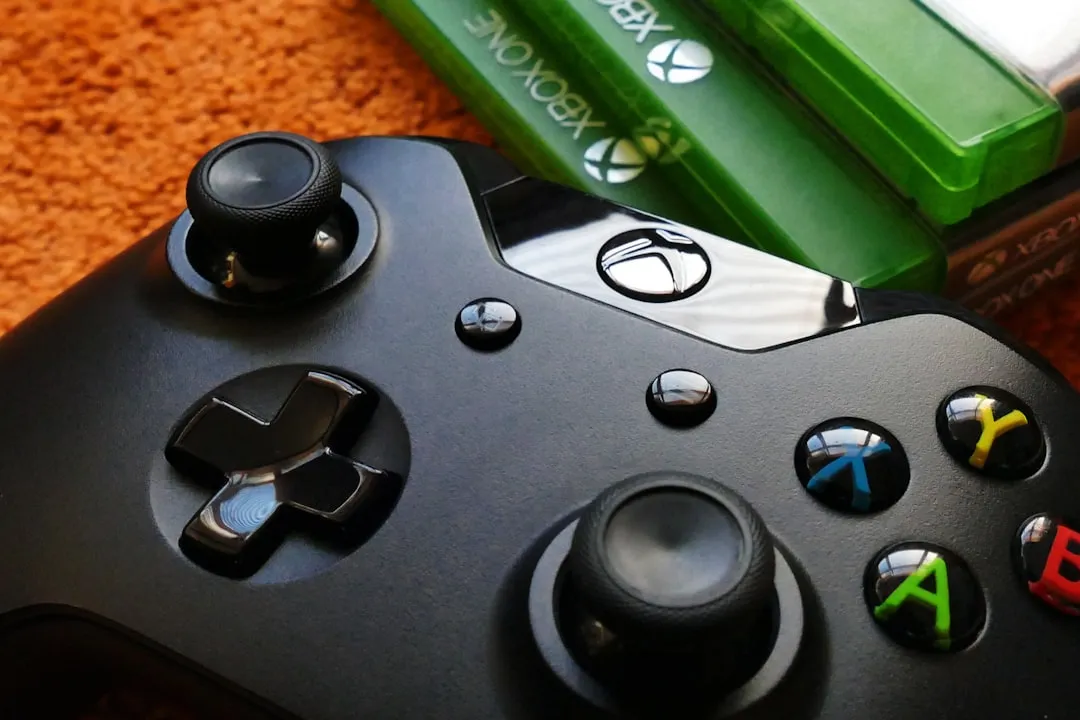
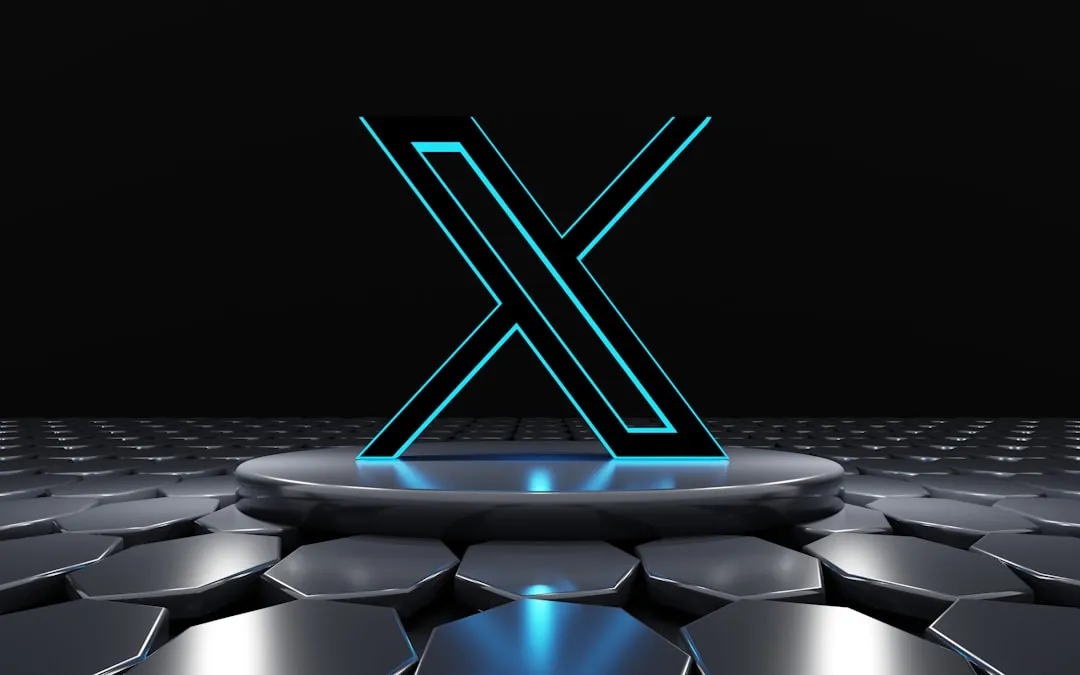
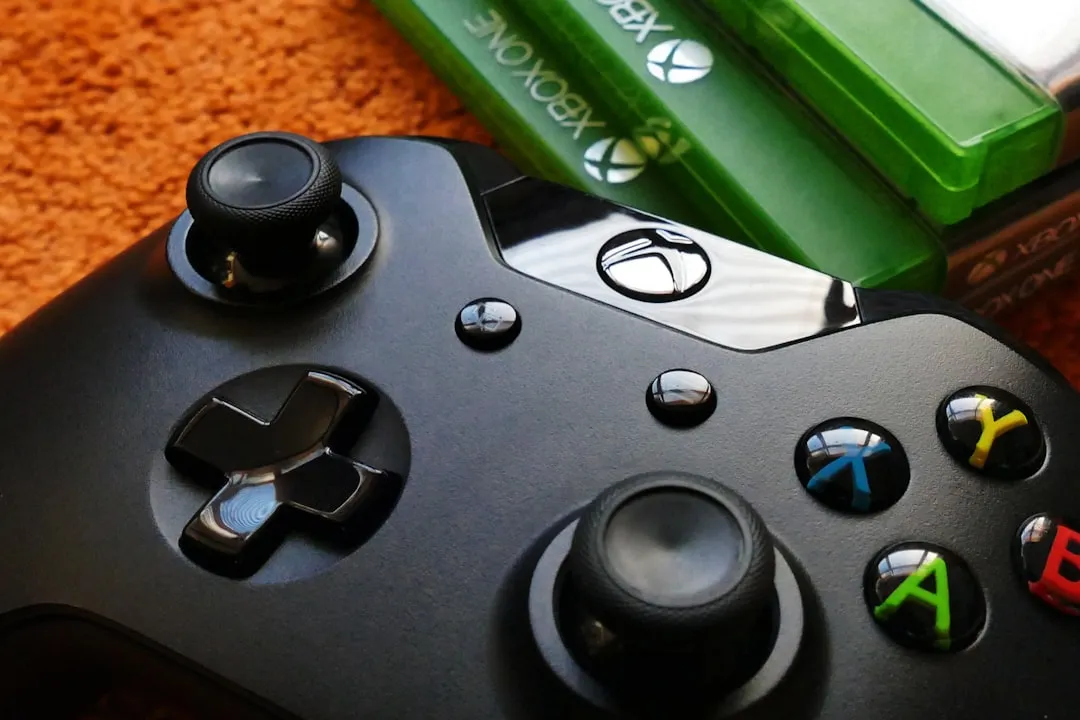
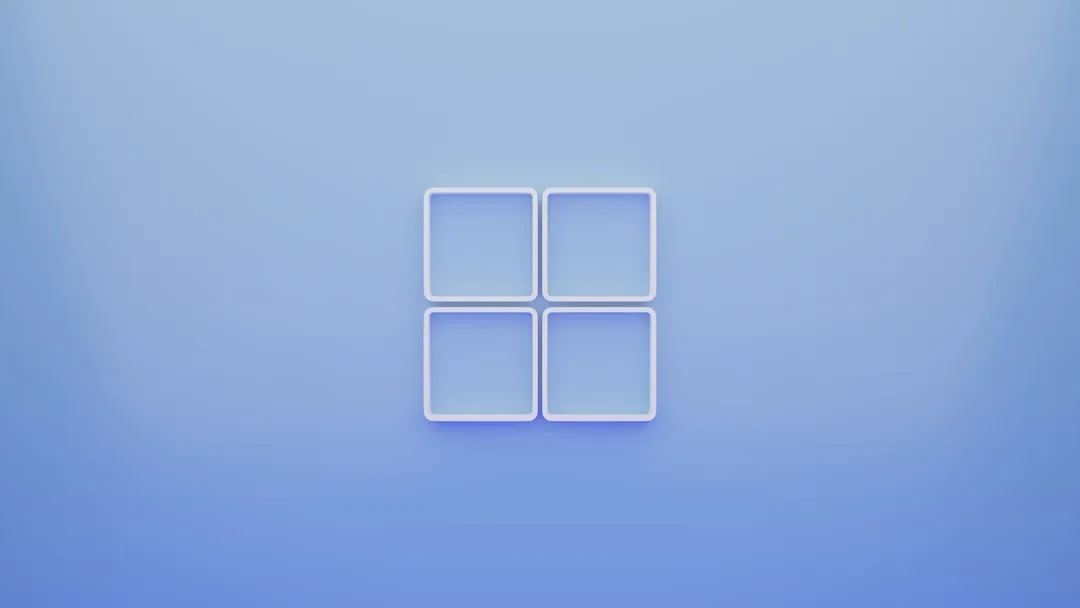
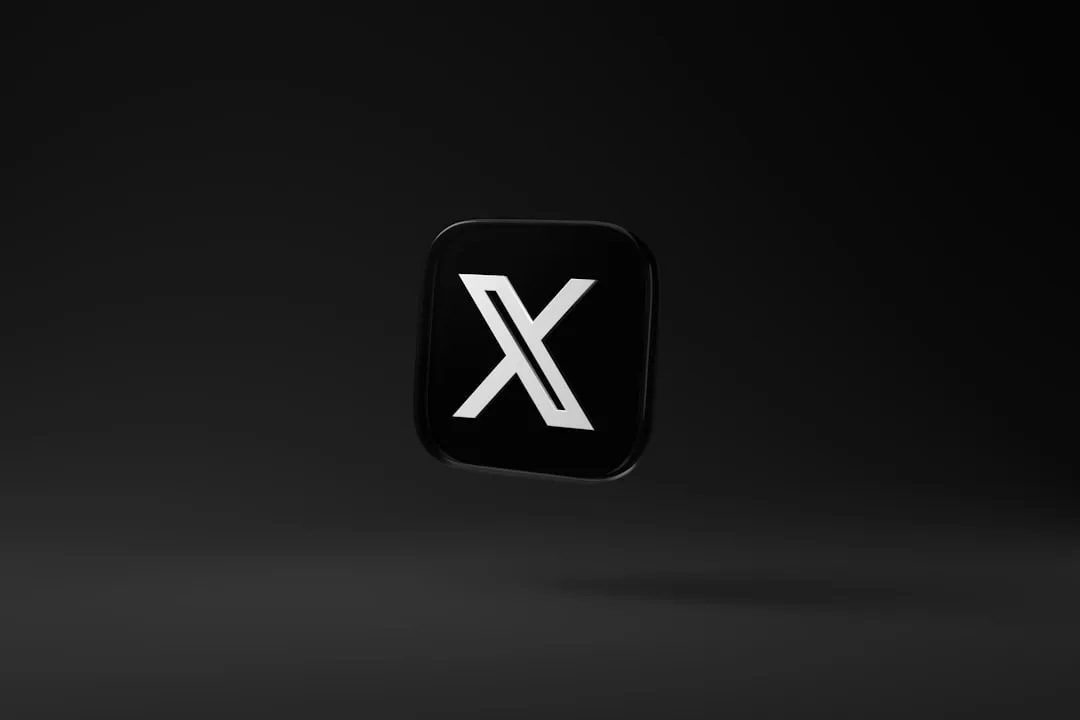
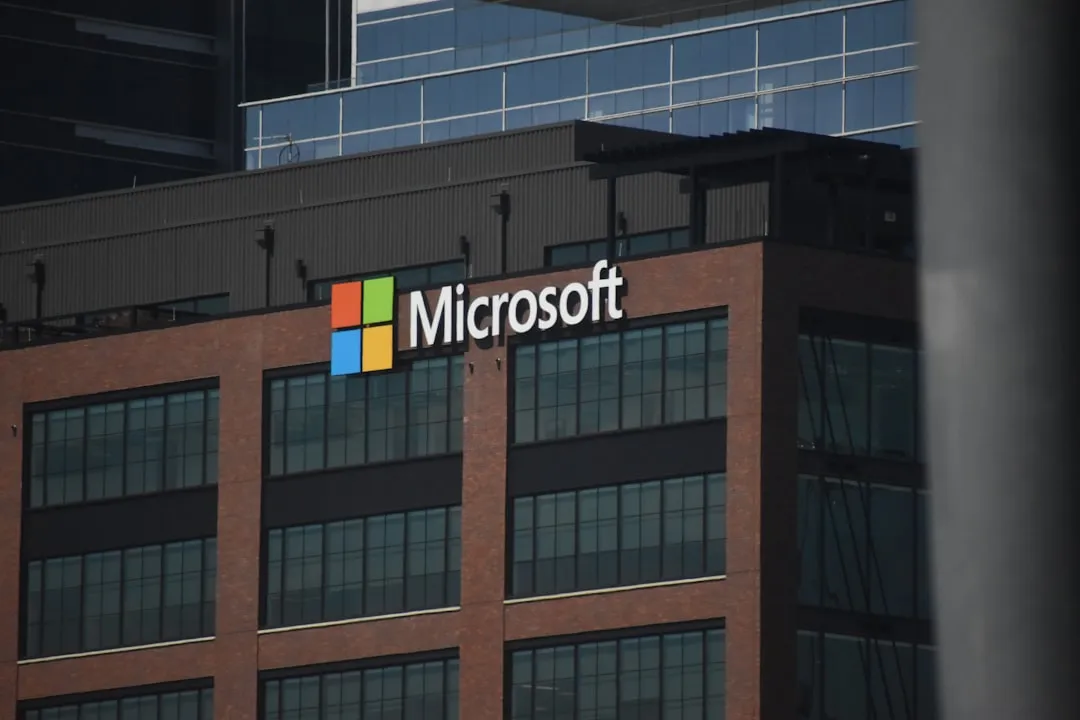

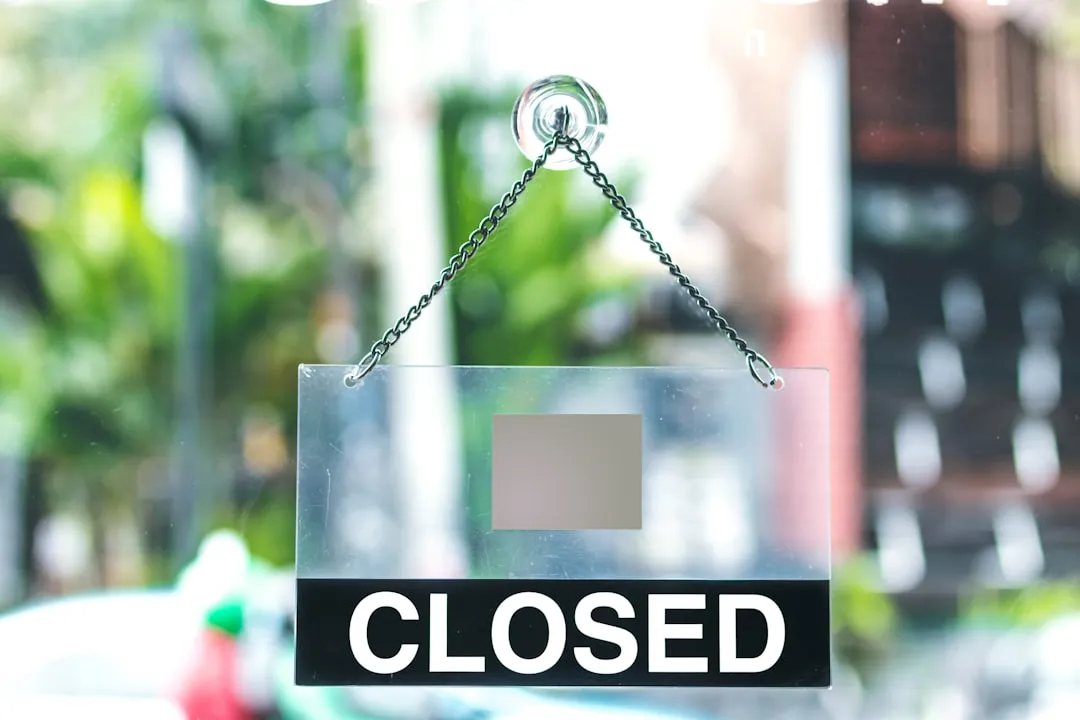
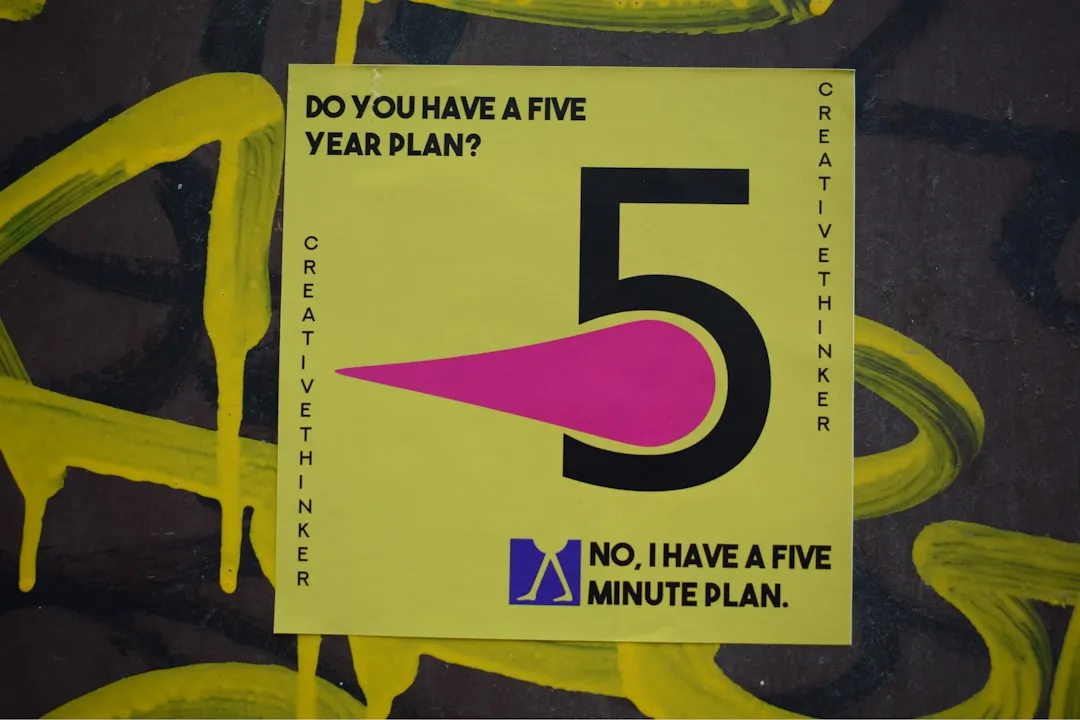
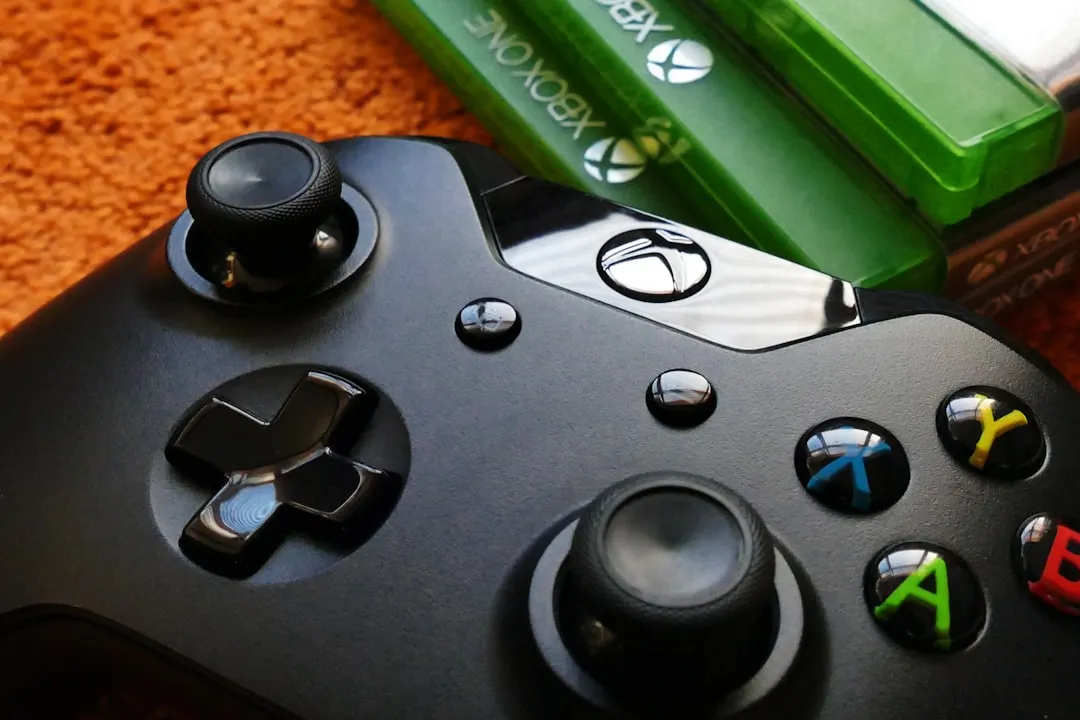
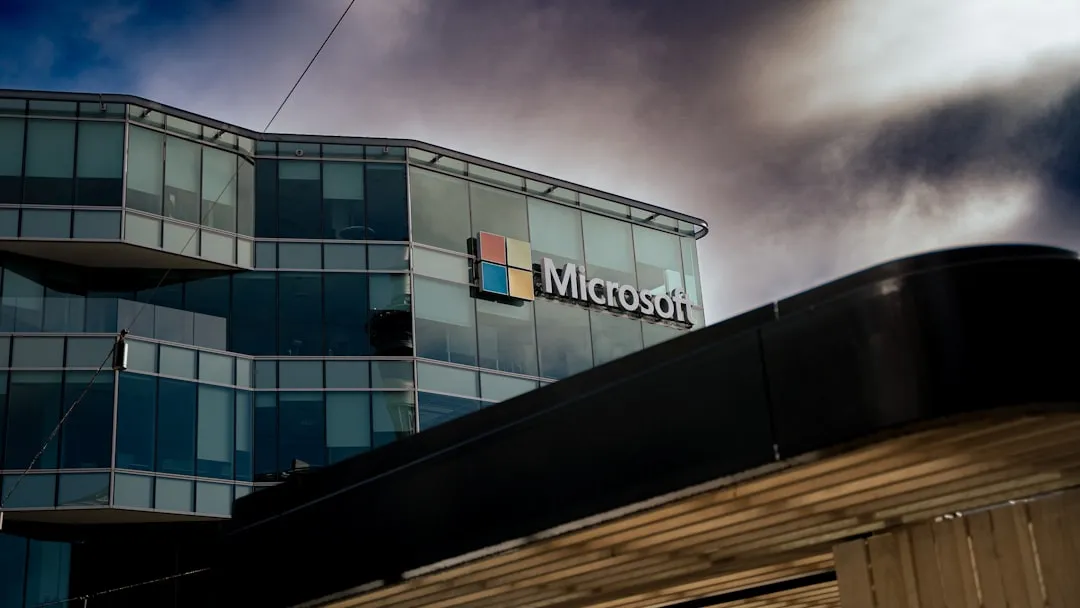
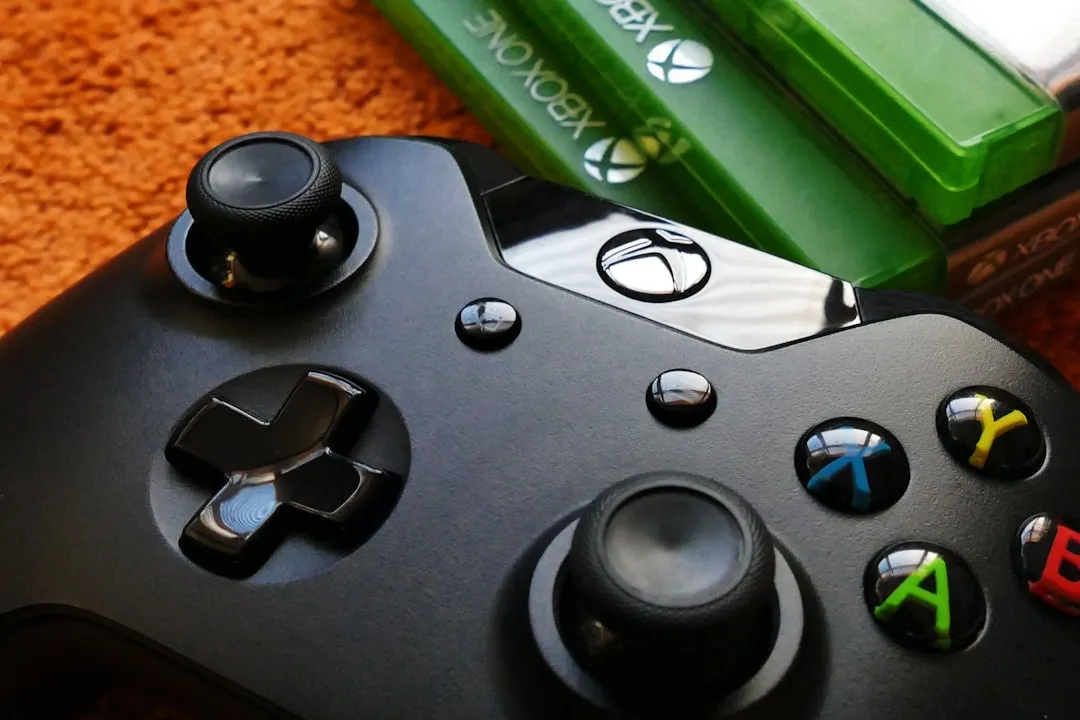

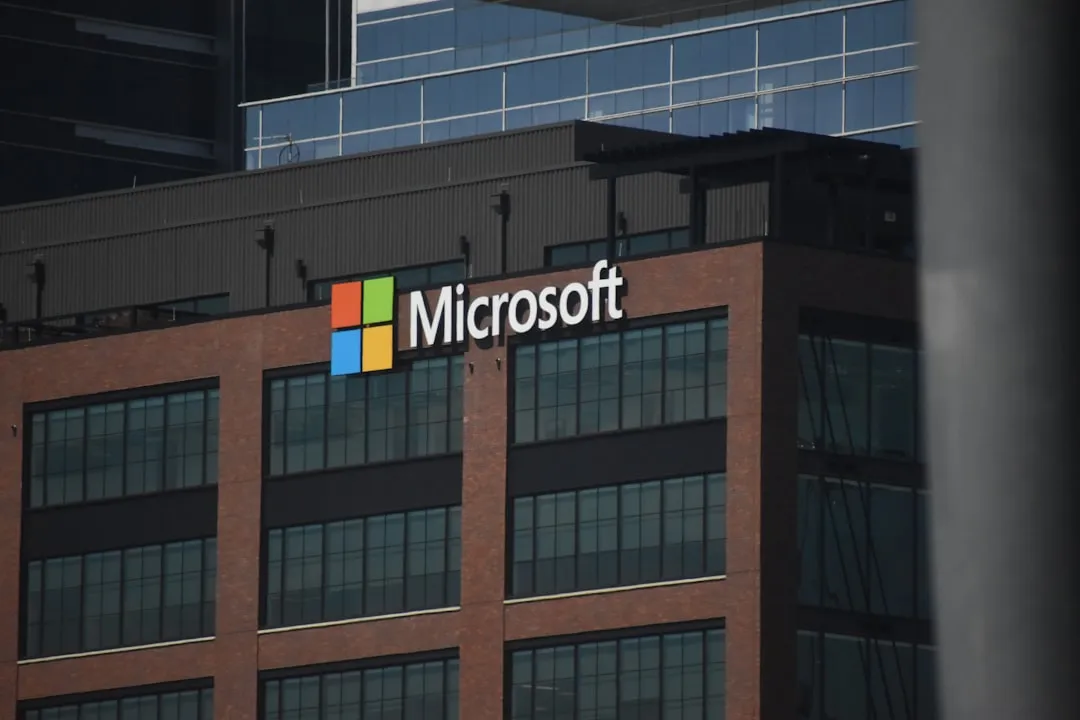
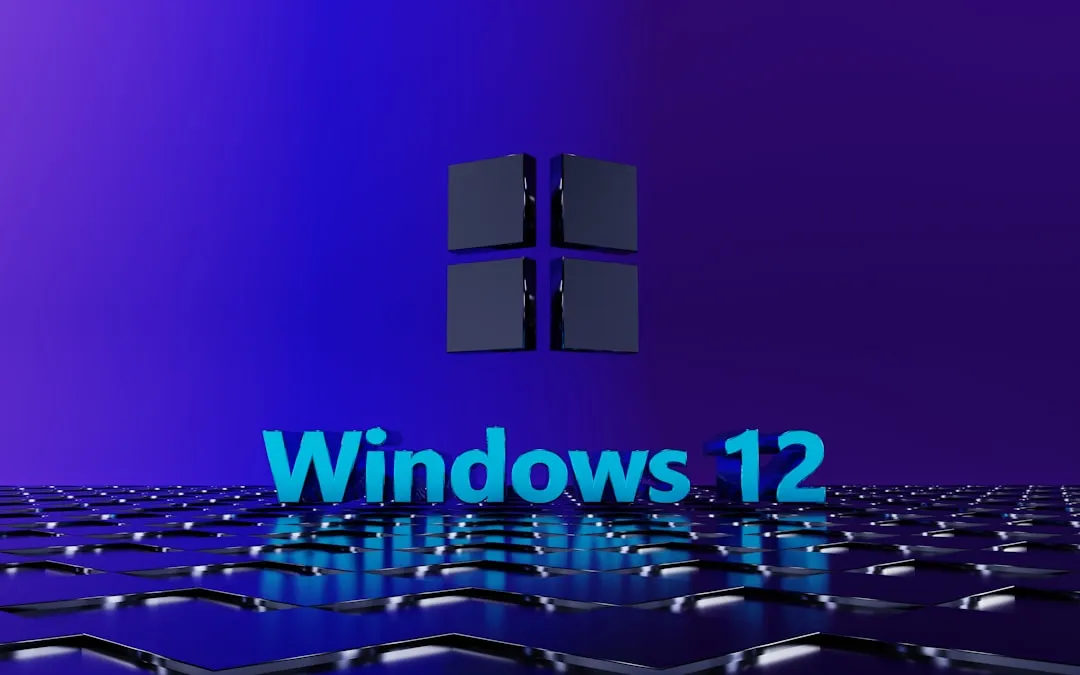
Comments
Be the first, drop a comment!